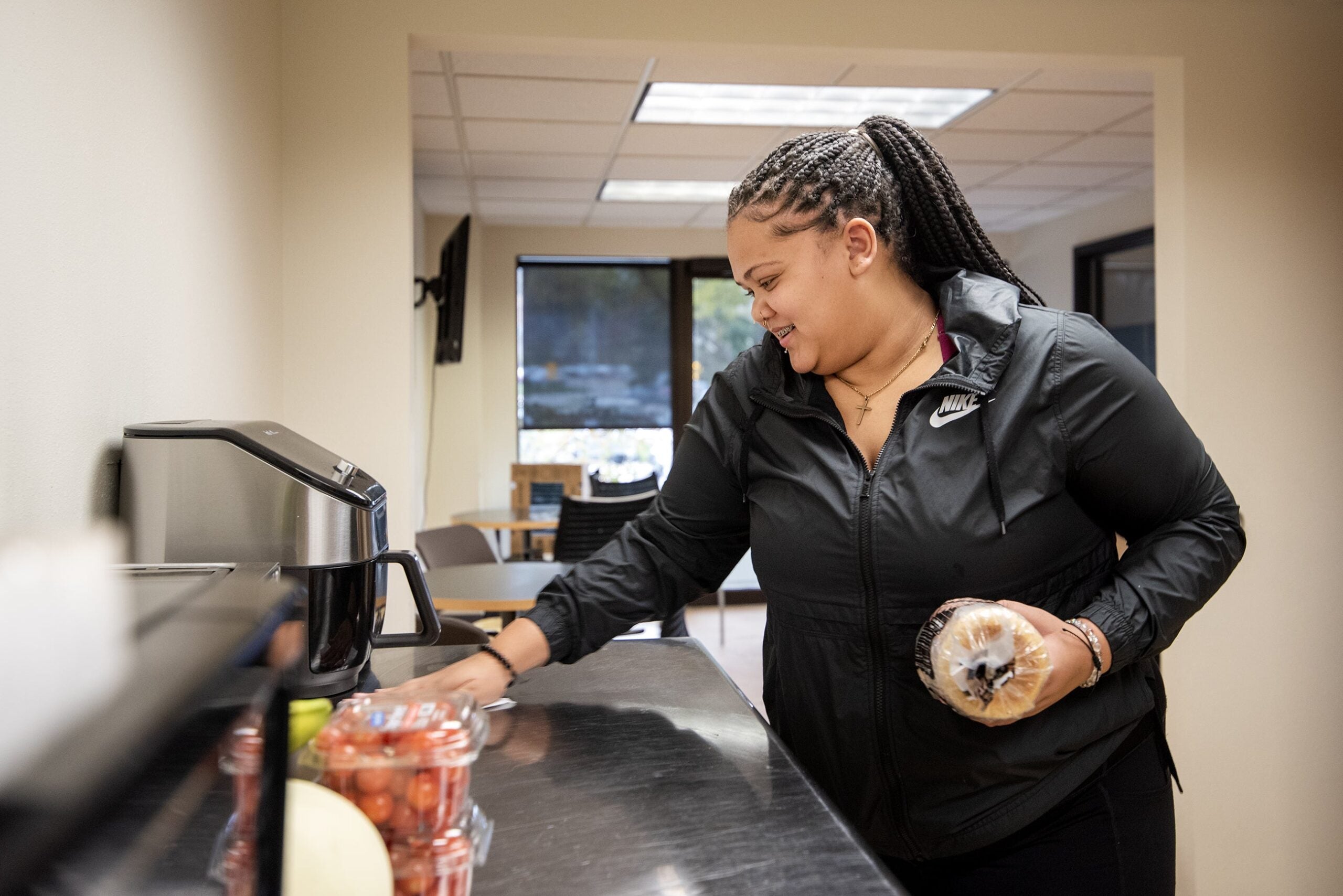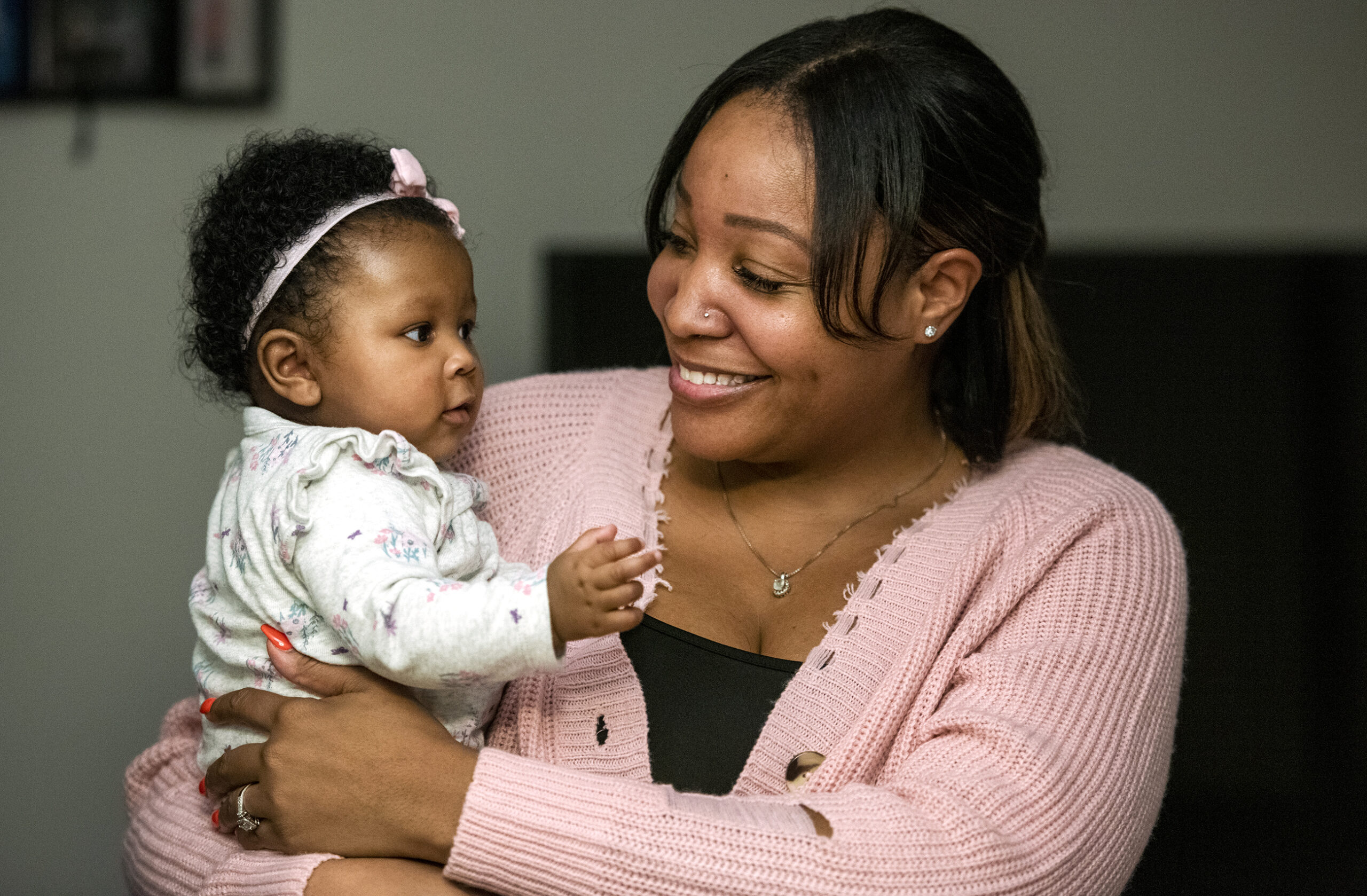Five Arab states announced they will be cutting diplomatic ties with Qatar, accusing the country of supporting terrorism. We learn more about the rift and how it may affect U.S. policy in the region. The Healthy Wisconsin Initiative recently launched, aiming to improve the state’s relationship with nutrition, exercise, and mental health. Wisconsin’s Health Officer shares how the plan will work and the problems that inspired it. We also hear an argument for improving high school academic performance by starting classes later in the day. A major headline gets a close look, as well.
Featured in this Show
-
Gulf Nations, Including Saudi Arabia And Egypt, Cut Ties With Qatar
Saudia Arabia, Bahrain, Egypt, and the United Arab Emirates cut ties today with the Gulf country of Qatar. Analysts are calling this the worst diplomatic crisis to hit the Gulf Arab states in decades. Some are pointing to President Donald Trump’s recent visit to Saudi Arabia as a potential cause. We get the details.
-
Healthy Wisconsin Initiative Put Into Practice
We talk to Wisconsin’s State Health Officer about the newly-released Healthy Wisconsin initiative. We learn how the report’s five key areas were chosen, and what the state is planning to do to improve our state’s relationship with alcohol, nutrition and physical activity, opioids, suicide, and tobacco.
-
To Improve Health Of Wisconsinites, Officials Zeroing In On 5 Key Areas
State health officials wanted to zero in on Wisconsin’s top health priorities as the state nears the end of its 10-year health plan.
They were able to do that with help from a wealth of experts around Wisconsin and the product was the recently-launched initiative, Healthy Wisconsin.
“We had rural representatives, people from cities, people from various backgrounds, but who are experts and know a lot about health and what’s happening in public health,” said Karen McKeown, state health officer with the Wisconsin Department of Health Services.
Their objective: what health issues, if improved, could make a big difference between 2017 and 2020?
A steering committee of public health experts chose five key areas.
Alcohol
Officials acknowledge alcohol is often part of Wisconsin culture. However, they say binge drinking has steadily increased in both men and women over the past 10 years, costing Wisconsin billions in health care costs.
They plan to combat this with nine different strategies, including educating employers and health care providers about alcohol screening, reducing underage access to alcohol, and even implementing new policy to reduce excessive drinking.
Nutrition And Physical Activity
It’s no secret eating healthy and being active can stave off chronic diseases such as diabetes and heart disease. The state’s plan says: the earlier you eat healthy foods and are active, the better.
“Starting in school and even earlier than school age is definitely a good place to focus,” McKeown said. That means working with schools to ensure healthy foods and beverages are readily available, or working with schools to grow gardens. Outside of school, it looks like bringing grocery stores to food deserts and expanding local walking and biking trails.
Opioids
The state says overdose deaths from opioids have more than doubled over the past 10 years. And opioid deaths aren’t just focused in population centers: they’ve happened in more than 80 percent of Wisconsin’s counties.
The state plans to improve pain management practices and better monitor prescription drug use and disposal.
Suicide
Suicide deaths have also increased over the past 10 years, in addition to self-inflicted injuries. The state wants to reduce the rate of suicide attempts and suicides by 2020 by expanding access to mental health support in and outside of schools and providing gatekeeper training for suicide prevention.
Tobacco
The state said tobacco is “the leading cause of preventable death” in the state — linked to more than 7,700 deaths each year.
To continue to reduce the smoking rate, the plan is to target increased education for pregnant women and their families, and at-risk populations such as racial and ethnic minorities. Officials also plan to increase the number of compliance checks and outreach at retailers selling tobacco.
Moving Forward
The next step, McKeown said, is to pull together expert recommendations to help communities make a difference in their own parts of the state. Once that is in place, communities can figure out what works for them and share with other communities like them.
Part of that requires the state to look at issues collectively, and the way public health and mental health are woven together, McKeown said.
“Public health and mental health haven’t always seen each other as vital partners,” McKeown said. “We’re hoping that if we can get people across the state to work on as many of these five priorities, that we can make a difference.”
-
New Study Shows Academic Performance Could Be Improved By Starting Classes Later In The Day
According to a new study, later class times–especially for teenagers–has improved academic outcomes for students. We’ll speak with Sam Norris of Northwestern University about the study and what schools can take away from the research.
-
New Study Shows Children Do Better In School With More Sleep
A new study from Northwestern University provides evidence for a conclusion that many parents and teens may have reached on their own: later school start times are better for children, particularly older ones.
“What we find in our paper is that for adolescent kids, moving start times an hour later increases achievement in math by about what we call 0.07 standard deviation. Now, that is basically costing nothing,” said Sam Norris, a graduate student at Northwestern’s Department of Economics and a co-author of the study.
“For a point of reference, when you take school class sizes maybe down from about 25 to to about 18, that’s improving test scores by about 0.2 standard deviations. But that costs millions and millions of dollars a year. So this is something that is about a third as good as reducing class sizes,” but is much cheaper to achieve, Norris said.
The study looked at students who moved from schools on Central Standard Time in Florida to schools on Eastern Standard Time in Florida. The study looked at start times relative to sunrise, and found that children who had more hours of sunlight before school started had better academic performance.
The study focused on sunlight because the better performance has do to with circadian rhythm.
As the paper explains, circadian rhythm “synchronizes to a 24-hour cycle using the daily variation in light and darkness. In the morning, light on the outside of the eyelids suppresses production of the hormone melatonin and stimulates brain processes to increase alertness; darkness at night increases melatonin levels and feelings of tiredness.”
Norris and his co-author found that school start time begins to really matter for girls around age 11, and for boys around age 13.
“And those are the exact ages when kids are progressing through the precise stage of puberty that’s that’s related to the circadian rhythm,” Norris said.
As children go through puberty, nighttime melatonin secretion is delayed several hours when compared to younger children and adults, the study explains. That means later bedtimes and later wake-ups are normal for older children.
So that’s why later start times are more important for older children, and earlier start times are okay for younger children, he said.
Objections to implementing later start times include that it can be logistically difficult for an entire school district to pull off, that parents need to be able to drop off their children and get to work on time, and that it means students have less time for extracurricular activities and homework in the late afternoon and evening.
“This is all about tradeoffs. There are certainly costs to pushing school later. There’s sports, there’s just the way people are planning on organizing their day, and I think that it’s not immediately obvious that we should sacrifice all that for academic achievement,” Norris said. “But I think that what we’ve shown is that the academic gains are actually relatively high.”
Episode Credits
- Rob Ferrett Host
- Veronica Rueckert Host
- Amanda Magnus Producer
- J. Carlisle Larsen Producer
- Saeed Khan Guest
- Karen McKeown Guest
- Rob Ferrett Guest
- Veronica Rueckert Guest
- Sam Norris Guest
- Veronica Rueckert Interviewer
Wisconsin Public Radio, © Copyright 2025, Board of Regents of the University of Wisconsin System and Wisconsin Educational Communications Board.




